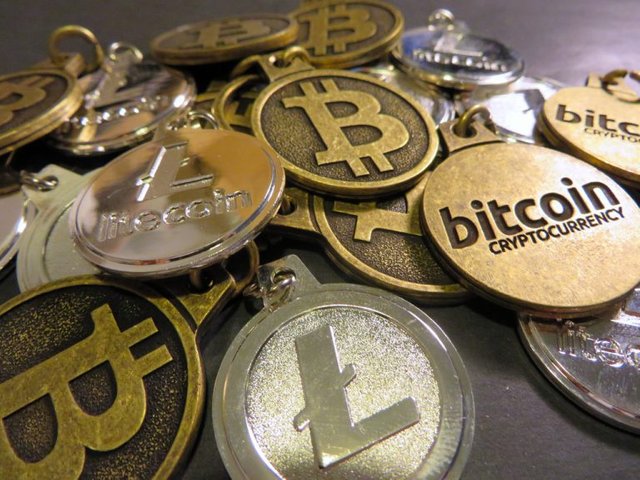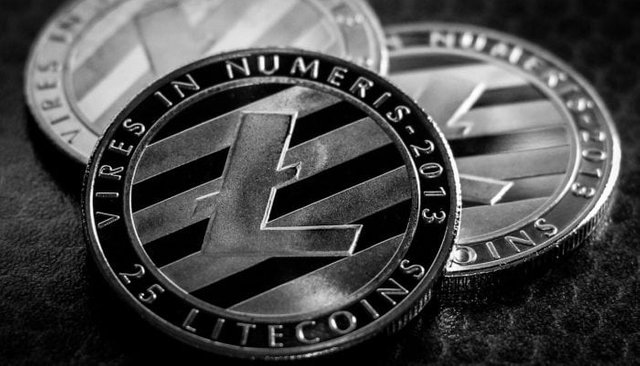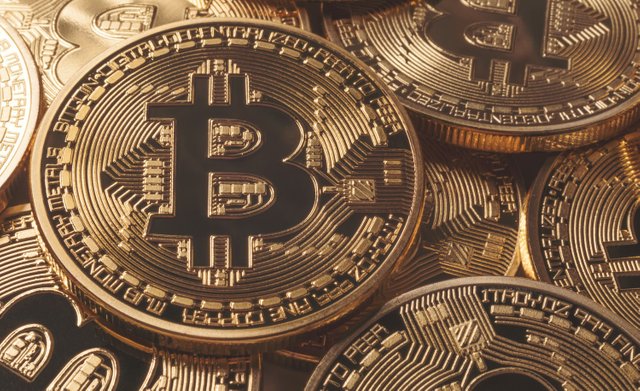Litecoin vs. Bitcoin: Where Do They Differ?
Before we take a look at what the differences between Litecoin and Bitcoin are, it’s important to note that both are cryptocurrencies.
That is, digital currencies that are created using encryption techniques that control the generation of units of the currency and verifying the transfer of the funds. These virtual currencies operate independently of the control of central banks.
Outline
- What Is Litecoin?
- What Is Bitcoin?
- Differences Between Litecoin and Bitcoin
- Coin Supply Limit
- Algorithm
- Market Capitalization
- Transaction Confirmation Time
- Implications
What Is Litecoin?
Dubbed the silver to Bitcoin’s gold, Litecoin is a peer to peer cryptocurrency that operates as a global payment method by using the blockchain technology to transfer and trade coins. It was created in 2011 by Charlie Lee, a former Google engineer under the MIT/X11 licenses.
In many ways, the cryptocurrency is an extension of Bitcoin. Since the creator of Bitcoin made its code public, Litecoin was created by changing a few things about the Bitcoin code. It’s important to note that the Bitcoin code has acted as the foundation for many cryptocurrencies that exist and for this reason coins like Litecoin are referred to as altcoins.
What Is Bitcoin?
Bitcoin is also a peer to peer cryptocurrency and the first that was made. It was created back in 2009 by an anonymous character by the name Satoshi Nakamoto. The currency aimed to put the seller in charge by eliminating the middleman, canceling transaction fees and making transactions transparent.
Thanks to the blockchain technology, Nakamoto was able to accomplish this by creating a decentralized system where users had control of their funds and knew what was going on. The creator ensured the code of the cryptocurrency was open source allowing people to improve and modify it to create other projects.
Now that we have a clue what Litecoin and Bitcoin are let’s have a look at how they differ from one another.
Differences Between Litecoin and Bitcoin
Coin Supply Limit
When Nakamoto created Bitcoin, he set the total supply of the coins that will ever exist on its network at 21 million. By doing this, he created artificial scarcity. The coins are released on the network after every ten minutes through a process known as mining. Miners play a vital role in the Bitcoin network since they are in charge of validating transactions with the winning miner rewarded with a certain number of coins.
At the start, the reward for successfully validating a transaction was 50 BTC, but Nakamoto set this reward to half after every 210,000 blocks have been mined. This will keep occurring until all the 21 million coins have been mined sometime in the year 2140.
As for Litecoin, it has a total supply limit of 84 million coins. The currency is also mined like its predecessor even though it doesn’t require specialized equipment’s like Bitcoin as we will see later on. Also, it halves at the same rate as Bitcoin which is after every four years. Its reward began at 50 LTC but currently sits at 12.5 coins. So, it’s fair to assume that the last LTC coin will be mined a few years after all BTC coins have been mined.
Algorithm
Here is where the most fundamental technical difference exists between Litecoin and Bitcoin. Bitcoin uses the SHA-256 algorithm while Litecoin uses the Scrypt algorithm. Their practical significance lies in their impact when it comes to the process of mining new coins. In both cryptocurrencies, the process of confirming transactions requires a lot of computing power.
The mining activity is conducted by members of the cryptocurrency network who are known as miners. They allocate their computing resources to confirm the transactions of other users. As a reward, they earn units of the currency which they have mined.
Bitcoin’s SHA-256 is more complicated than the Scrypt algorithm and allows a higher degree of parallel processing. As a result, Bitcoin miners have had to utilize increasingly sophisticated methods so that they can mine the cryptocurrency more efficiently.
This is how Application-Specific Integrated Circuits (ASICs) came around and made it impossible for the average miner using CPU and GPU to mine BTC. In contrast, Scrypt was designed to be less susceptible to all kinds of custom hardware solutions that are employed by ASIC miners. This makes Litecoin more accessible to average users who also wish to participate in its network as miners. Litecoin is only mineable using CPUs and GPUs.
Market Capitalization
Currently, Bitcoin has a market cap of $72 billion a far cry from the over $300 billion it had back in December 2017. It’s not Bitcoin only that has lost a substantial amount of its value over the past year but all cryptocurrencies after experiencing one of the worst bear markets. However, it still holds the first position on the crypto charts a position it has held since the beginning.
While Litecoin has a market cap of $3 billion which is a fraction of the $19 billion it achieved on December 19, 2017, one LTC at the time was trading at over $300, but it’s currently trading at $60. However, its position on the crypto charts hasn’t been affected much as the coin occupies the fifth position.
Transaction Confirmation Time
This is where the main difference between Litecoin and Bitcoin lies. Remember Litecoin was created to solve some of the limitations Bitcoin had – one of them being transaction speed. Technically, transactions occur instantaneously on both networks but time is required for the transactions to be confirmed by others on the network.
Data from Blockchain.info indicates that the average transaction time for the Bitcoin network is 10 minutes and it can take even longer depending on the amount of traffic. However, Litecoin takes four times less time with a confirmation occurring every 2.5 minutes on the network.
This difference has the following implications:
Litecoin can handle a higher volume of transactions due to its faster block generation. However, with the lightning network already in place, expect the speed of Bitcoin to improve tremendously.
The disadvantage of being able to process a higher volume of blocks is that the Litecoin blockchain is larger than that of Bitcoin with more orphaned blocks.
Faster block time helps reduce the risk of double spending attacks on the Litecoin blockchain.
Faster transaction confirmation is one of the reasons that make Litecoin more appealing to merchants than Bitcoin since they don’t have to wait for long for the process to be completed.







